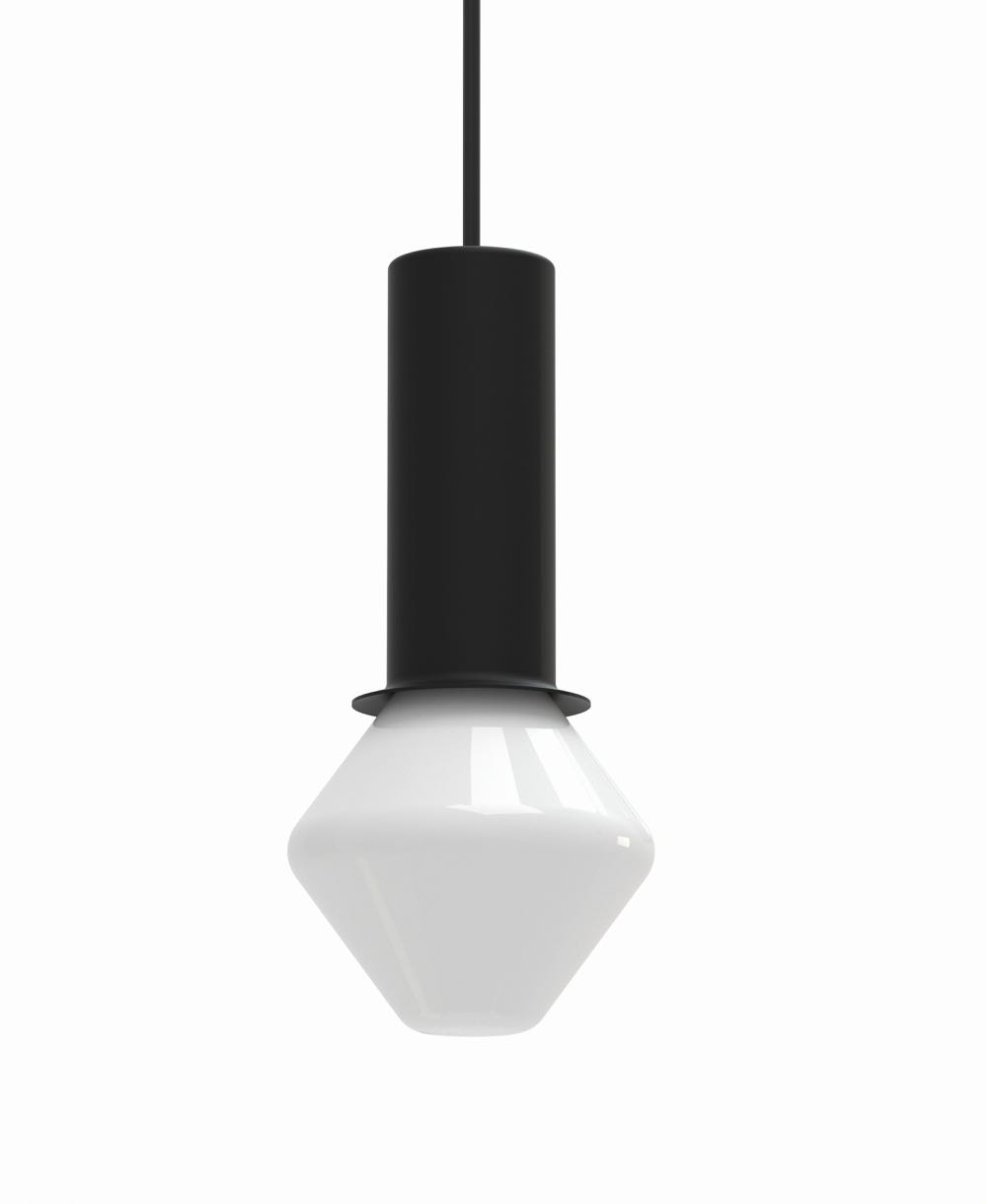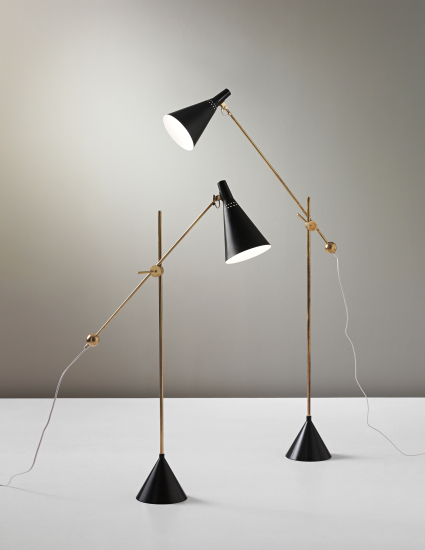To celebrate 100 years since the birth of one of Finland's most iconic designers, Tapio Wirkkala and his ceramic artist wife, Rut Bryk, their foundation, TWRB, have been busy planning exhibitions and seminars in several cities including of course Helsinki but also London and Madrid. As Wirkkala was born on June 2 1915 it all kicks off this week but as Bryk was only slightly younger being born a little over a year later, the centenary is a joint affair that will continue into 2016.
For a full program of events being held for the Tapio Wirkkala Rut Bryk centenary, click here.
Wirkkala was an extremely multi-disciplinary designer working across graphic art, sculpture and product design and this is probably why he is so well known by all sections of Finnish society and by design enthusiasts worldwide. While his designs in glass and porcelain represent the most significant section of his career in terms of output and time, he started his working life as a commercial artist after completing a degree in ornamental sculpture at the Central School of Art & Crafts in Helsinki in the mid thirties.
His first great break occurred when he won a national competition to design the commemorative stamp for the 1940 Olympics to be held in Helsinki. Unfortunately for the young Wirkkala, then just 24, the olympics were cancelled due to the onset of the second world war and the stamp was never released.
In 1945 Wirkkala married the ceramic artist, Rut Bryk and the couple sent the rest of their lives together living mainly in Helsinki but spending a lot of time in the wilderness of Lapland. (They had two children, Sami, a designer and Maaria, an artist). It didn't take long after the war ended for Wirjkkala to prove his abilities on a national stage once again, sharing a joint first prize in an Iittala glass competition with another now celebrated Finnish designer, Kaj Franck.
Working as a designer for Iittala from 1946, Wirkkala continued to design objects in glass until his death in 1985. The most celebrated of these included the early works for Iittala in clear, heavy glass, the 'Chanterelle' and 'Foals foot' vases and other variations that followed the same aesthetic. These vases expressed highly organic shapes but with a decorative element applied in the form of fine incised lines. In the mid sixties he was invited to work with the famous Italian glass company Venini and this work and the 'Bolle' vases in particular were celebrated for their unique use of two tone colour as well as their highly original form. (see image at the start of this post)
Bryk, who was originally from Stockholm, had graduated as a graphic designer from the School of Arts and Crafts in Helsinki in 1939 just a few years after her husband. She started at Arabia in 1942.despite being a relative newcomer to ceramics. Her early decorative wall plaques and figures show a magical world of flowers and folk art imagery with heavy glazes and deeply inscribed details.
In her so-called 'ceramic paintings' from the 1950s she uses more delicate lines in relief to emphasise the motifs. While Bryk’s work from the 40's took it's inspiration from Byzantine, early renaissance and folk art, her wall plaques from the late 60's onwards took inspiration from constructivism, using repetition of geometric shapes to create architectural landscapes with little use of colour. Some examples of this later work are shown below.
Wirkkala rapidly became one of the most celebrated of Finnish designers designing the Bank of Finland's new bank notes in 1947 and winning a host of major international prizes through the 50's and 60's including the Danish Lunning Prize and Grand Prix at the Triennale di Milano in 1951 (and again in 1954). He later also won the Grand Prix and the Gold Medal in Milan in 1960 for his 'Ice of Paadar' glassware collection and was the recipient of the Silver Medal in 1963.
While glassware was something Wirkkala had an obvious affinity for, he was also a gifted sculptor and infact sculpted many of the wooden moulds for his Iittala glass pieces.
His 'Leaf' bowl from 1951 was his first experiment with carving aircraft plywood and he continued to explore this material in a different way with his inlayed furniture pieces such as the 'Rhythmic Plywood' coffee table (left) released by Finnish manufacturer, Asko Oy in 1958. Sculpted aircraft plywood was a material he revisited in sculpture for many years and Wirkkala himself didn't differentiate between his design work and his sculpture, feeling they were just different extensions of his artistic expression.
Wirkkala worked for the renown American designer Raymond Loewy in New York in 1955 and 1956 and through this was introduced to Philip Rosenthal the owner of the large German ceramics company, Rosenthal AG. A lasting relationship was formed where Wirkkala designed more than 200 porcelain objects from full dinner sets to highly individual decorative vases over a period of nearly 30 years.
While it is true that Wirkkala's organic forms found their most natural expression in timber and glass, his work in metal for Finnish companies Hopeakeskus and Kultakeskus was extremely beautiful too.
Over the years he designed over 600 objects for Kultakeskus including five sets of cutlery. HIs work for the company was predominantly in silver, but also extended to bronze and pewter. He also designed a wide variety of table objects for Hopeakeskus, ranging from candelabras to bowls and platters. To view more of these objects go to a website dedicated to the work of Wirkkala here
While lighting design only represents a minor part of Wirkkala's output, he did design several lamps in the 1950's and 60's including the 'TW003' pendant shown above (now reissued by Artek) and the 'K10-11' floor lamp for Idamn of Finland in 1954.
Exhibition dates:
8 Exposures - New Views on Tapio Wirkkala exhibition opens at the Ateneum Art Museum in Helsinki on the 3rd of June. The exhibition will be particularly special as it is designed by Wirkkala and Bryk's daughter, the artist Maaria Wirkkala.
Also opening June 3 is Tapio Wirkkala - The Colours of Venice at the Design Forum Finland showroom in Helsinki. This exhibition explores Wirkkala's work with Venini and is designed by the well-known Finnish interior architect Mikko Laakkonen.
Wirkkala Revisited is an exhibition opening at the Design Museum in Helsinki on June 5 and runs until the 2nd of August.
If you happen to be in Madrid, Tapio Wirkkala - the Poet of Glass and Silver exhibition opens on the 9th of October at the National Museum of Decorative Arts and runs until the 24th of January 2016.
To visit an exhibition dedicated to the work of Rut Bryk you will unfortunately have to wait until next year. It opens May 13 at EMMA (The Espoo Museum of Modern Art, Finland) and runs through until the 11th of September.



















